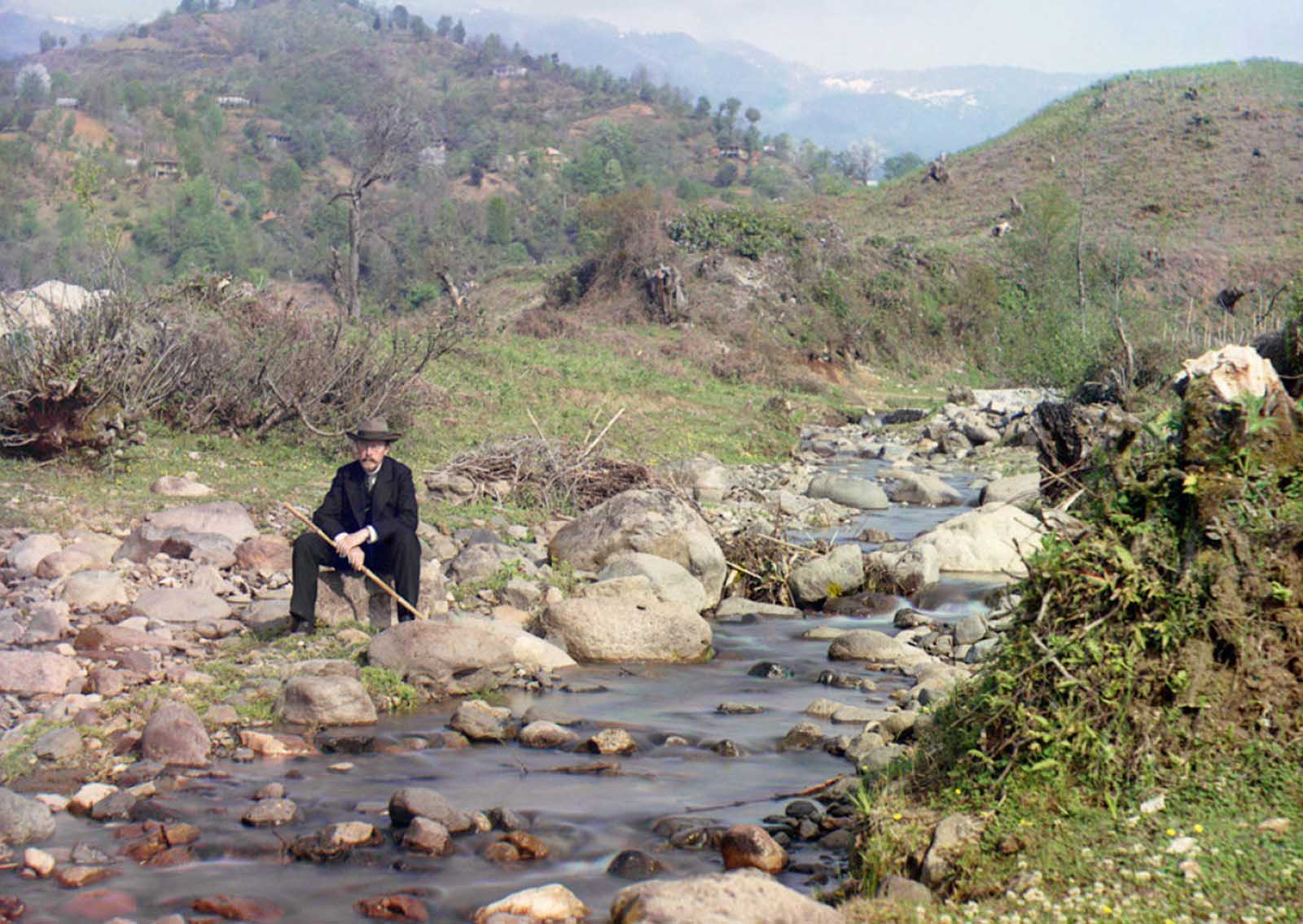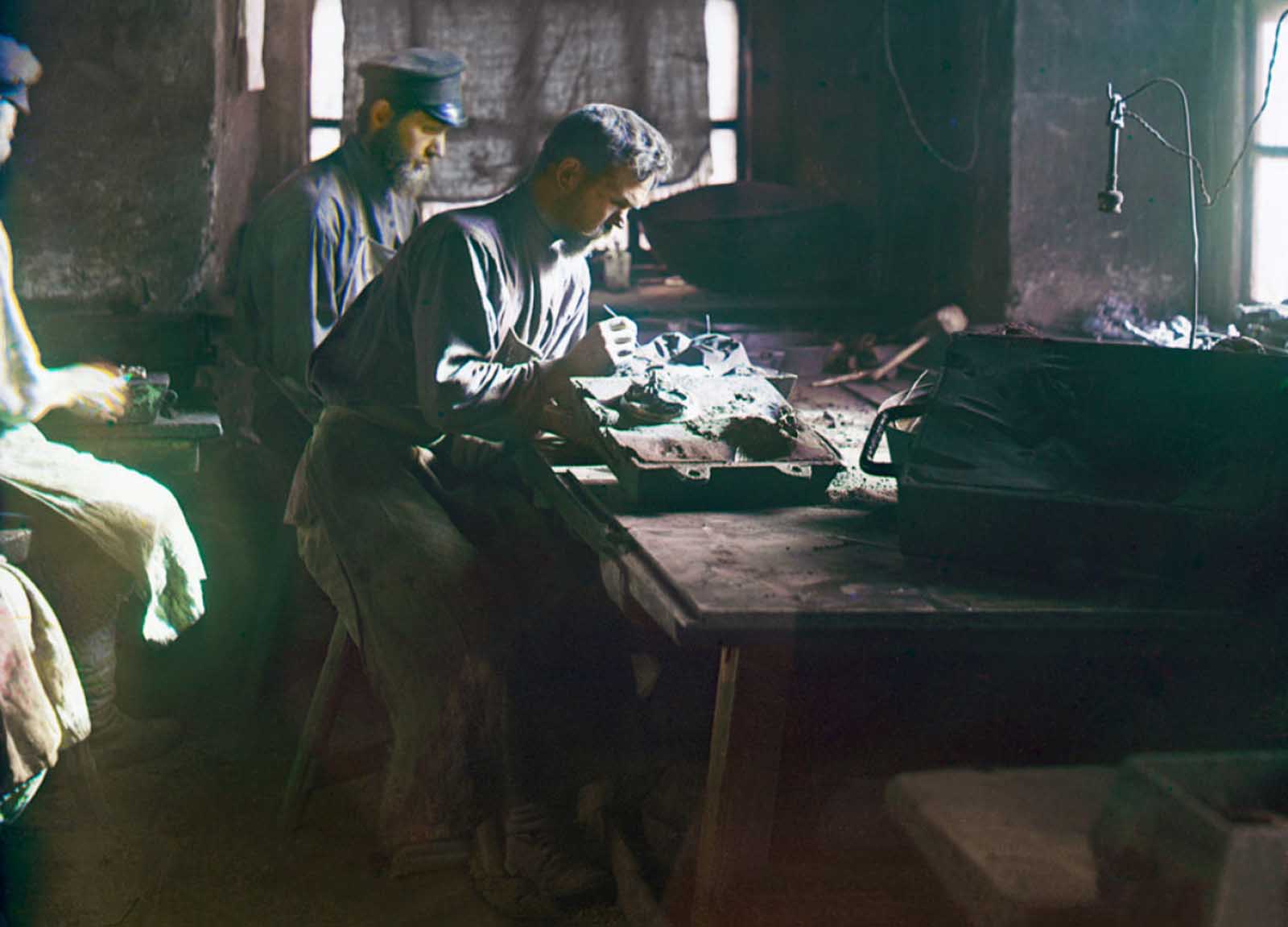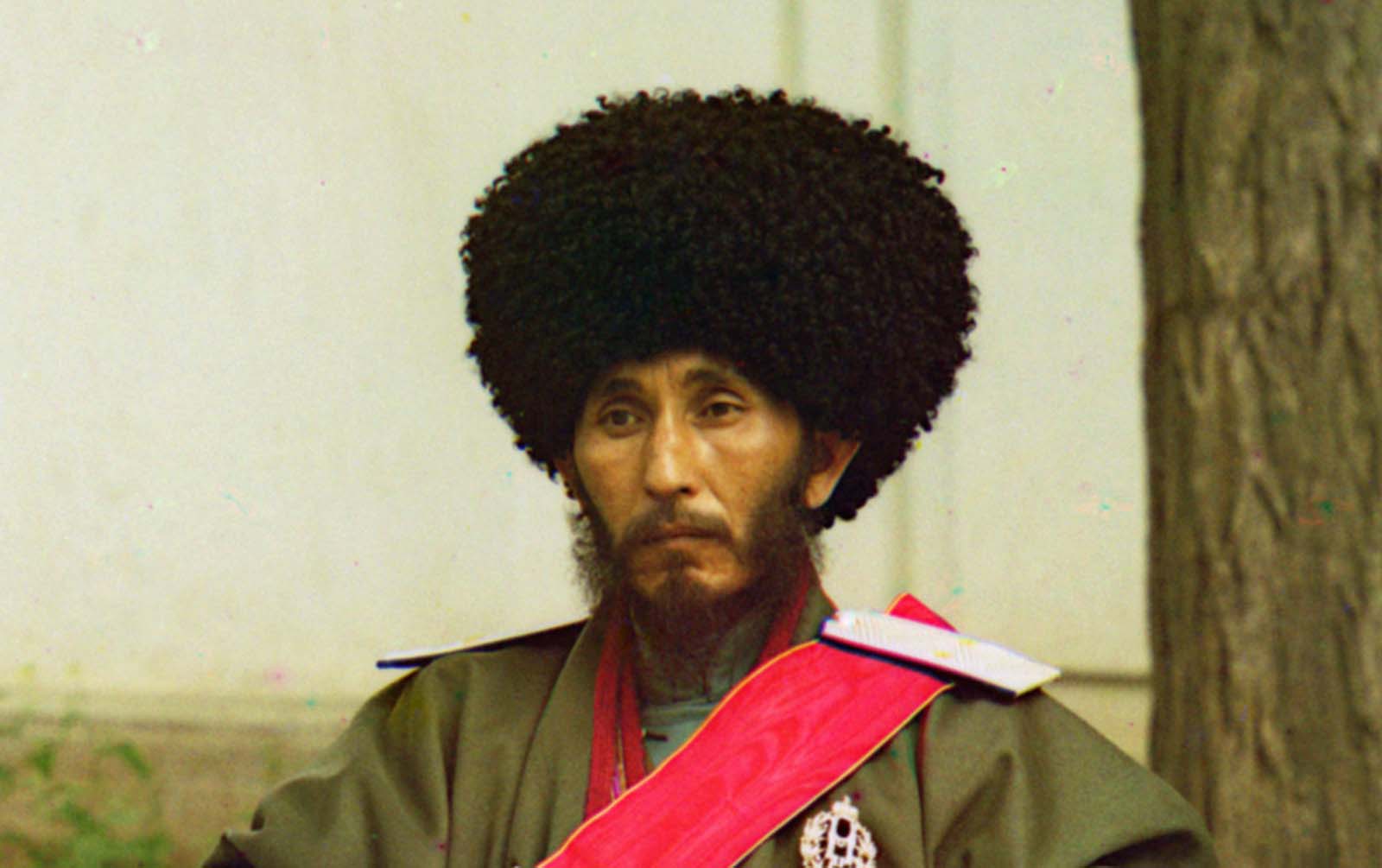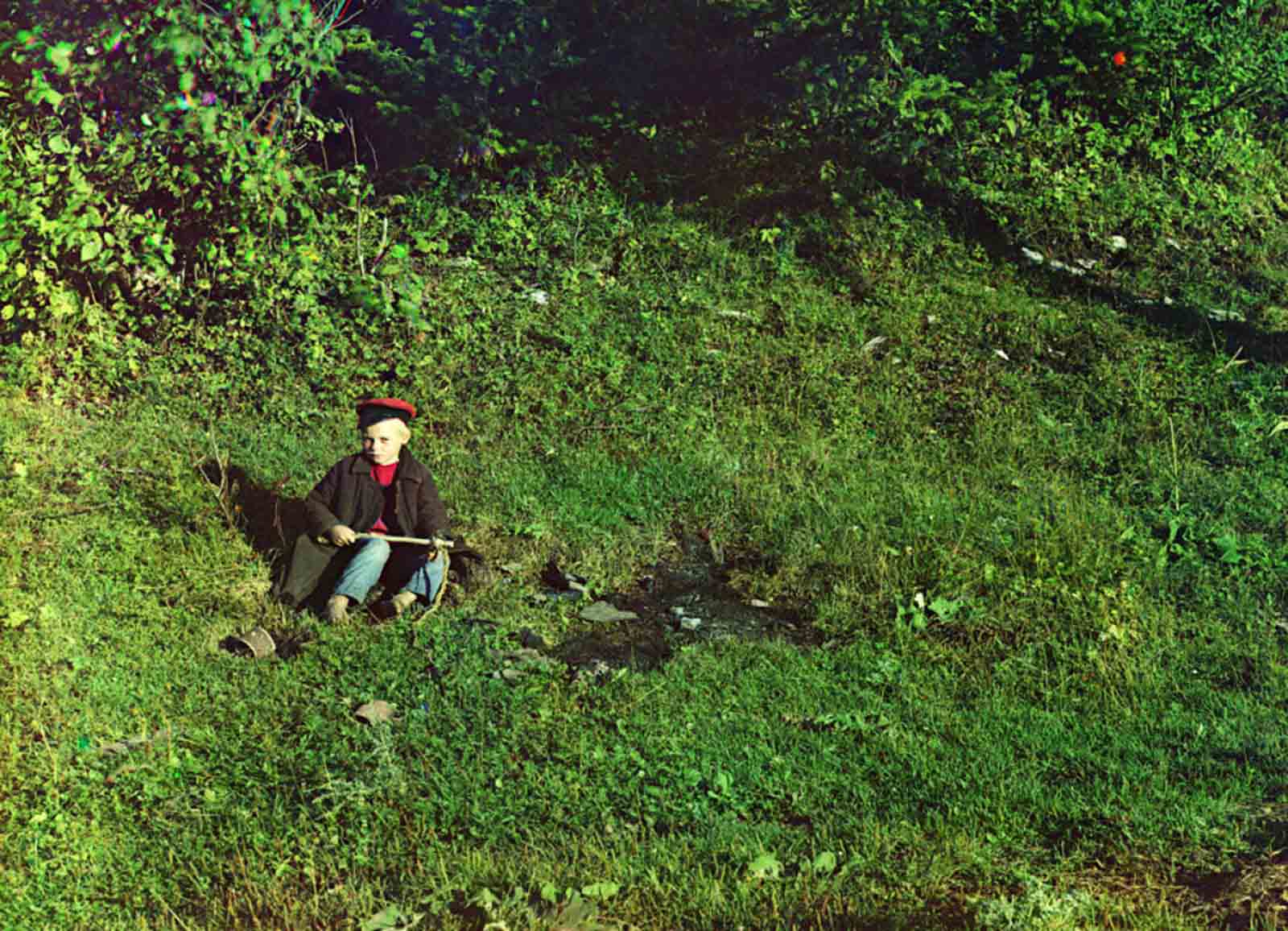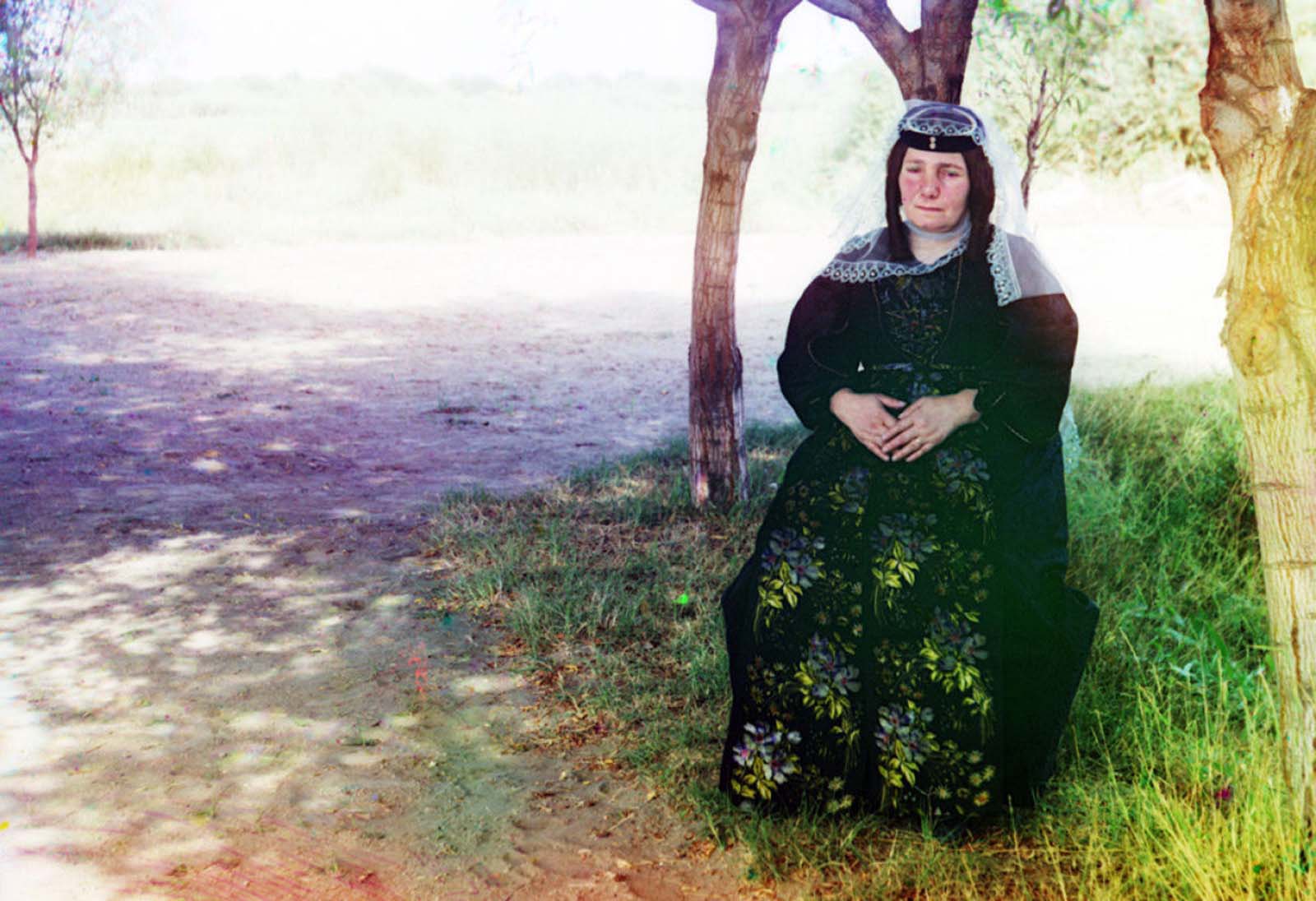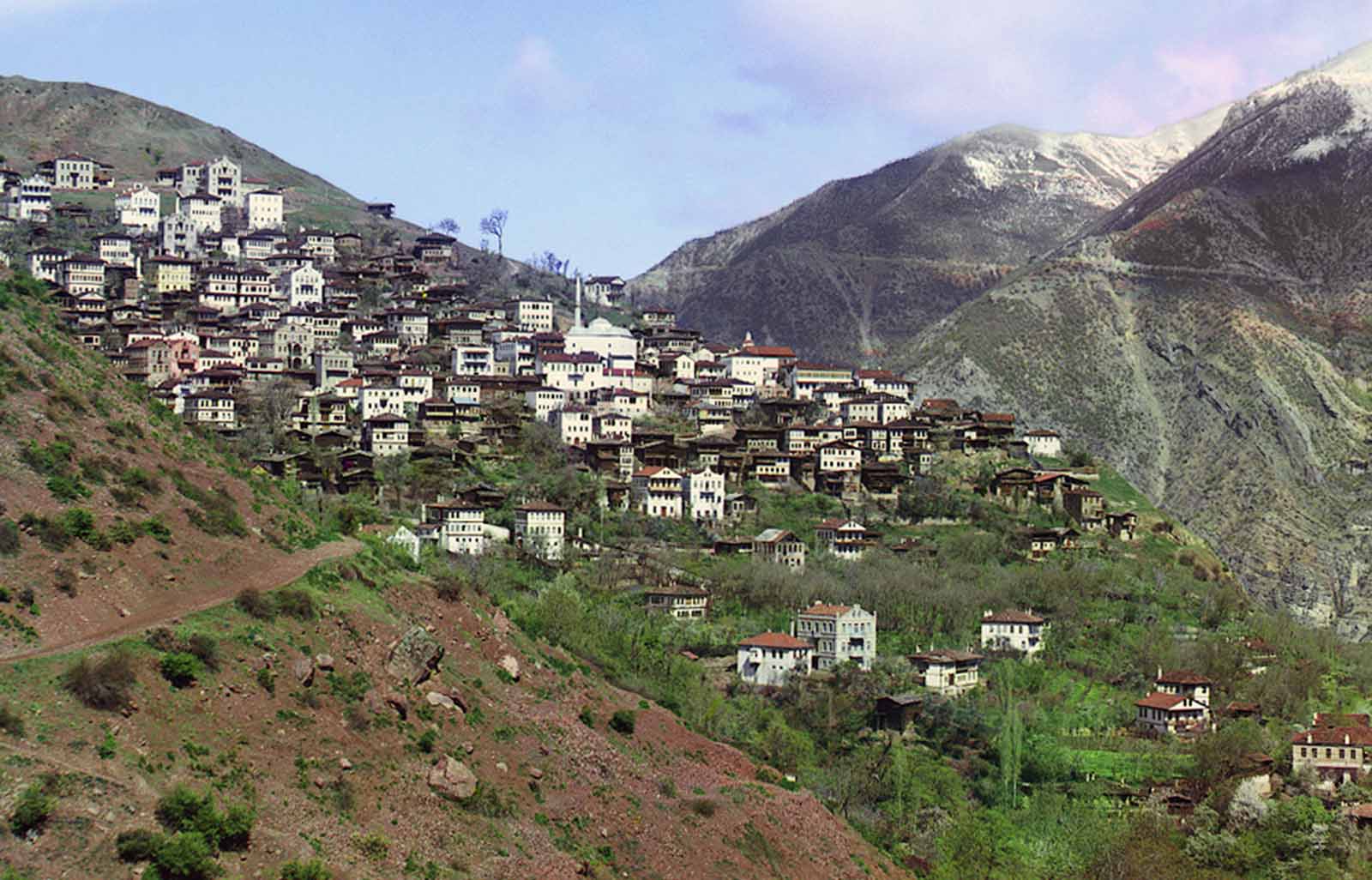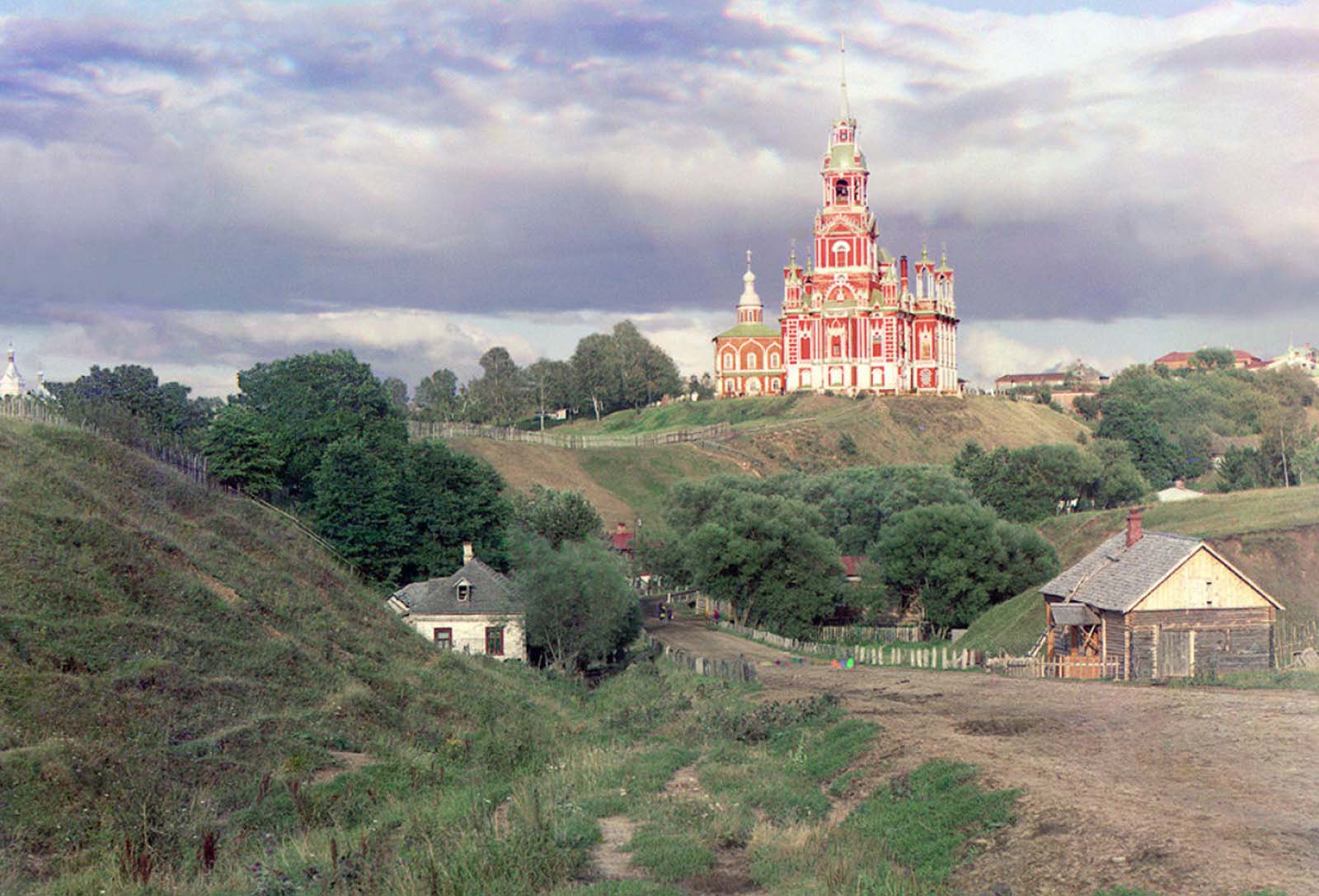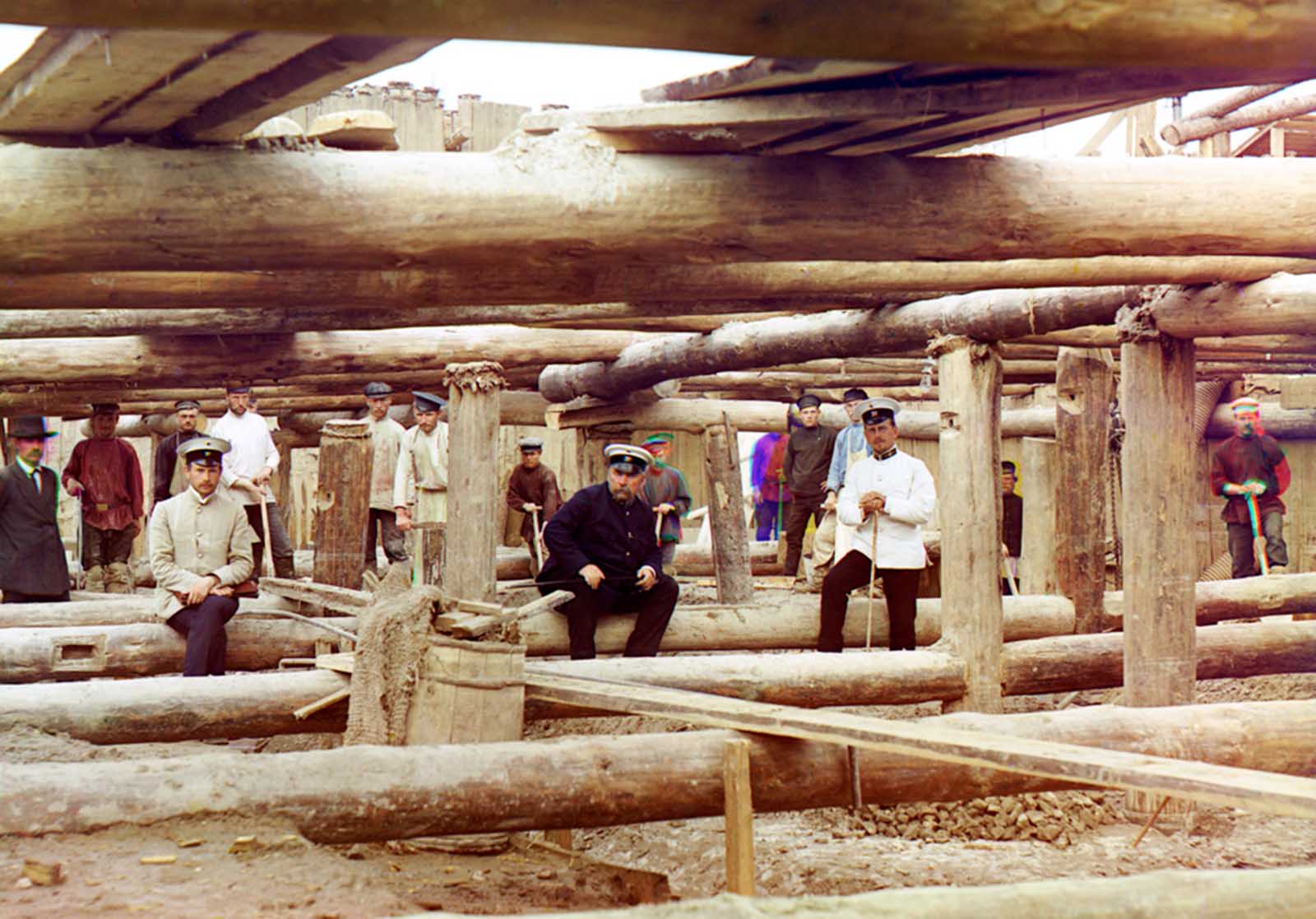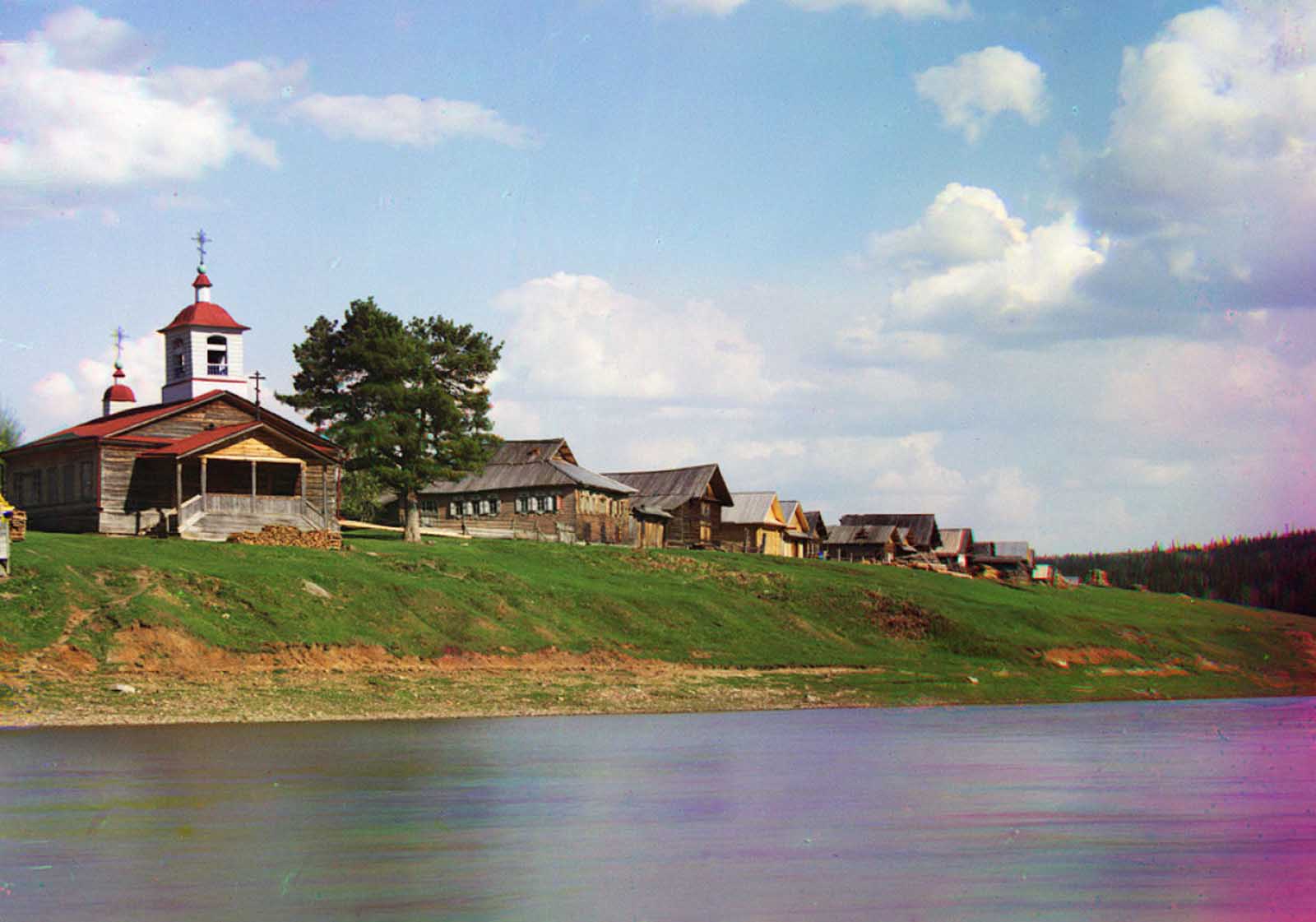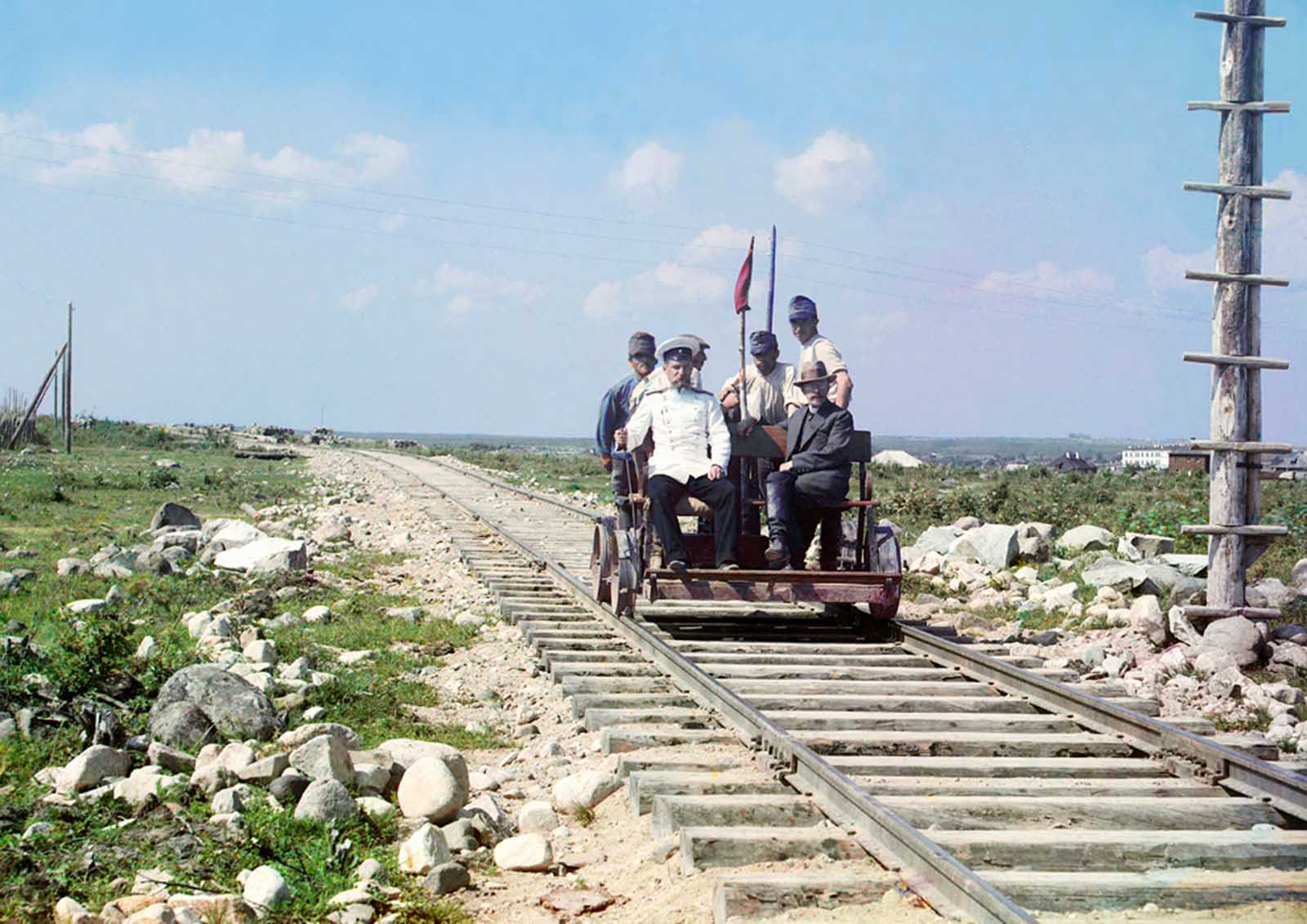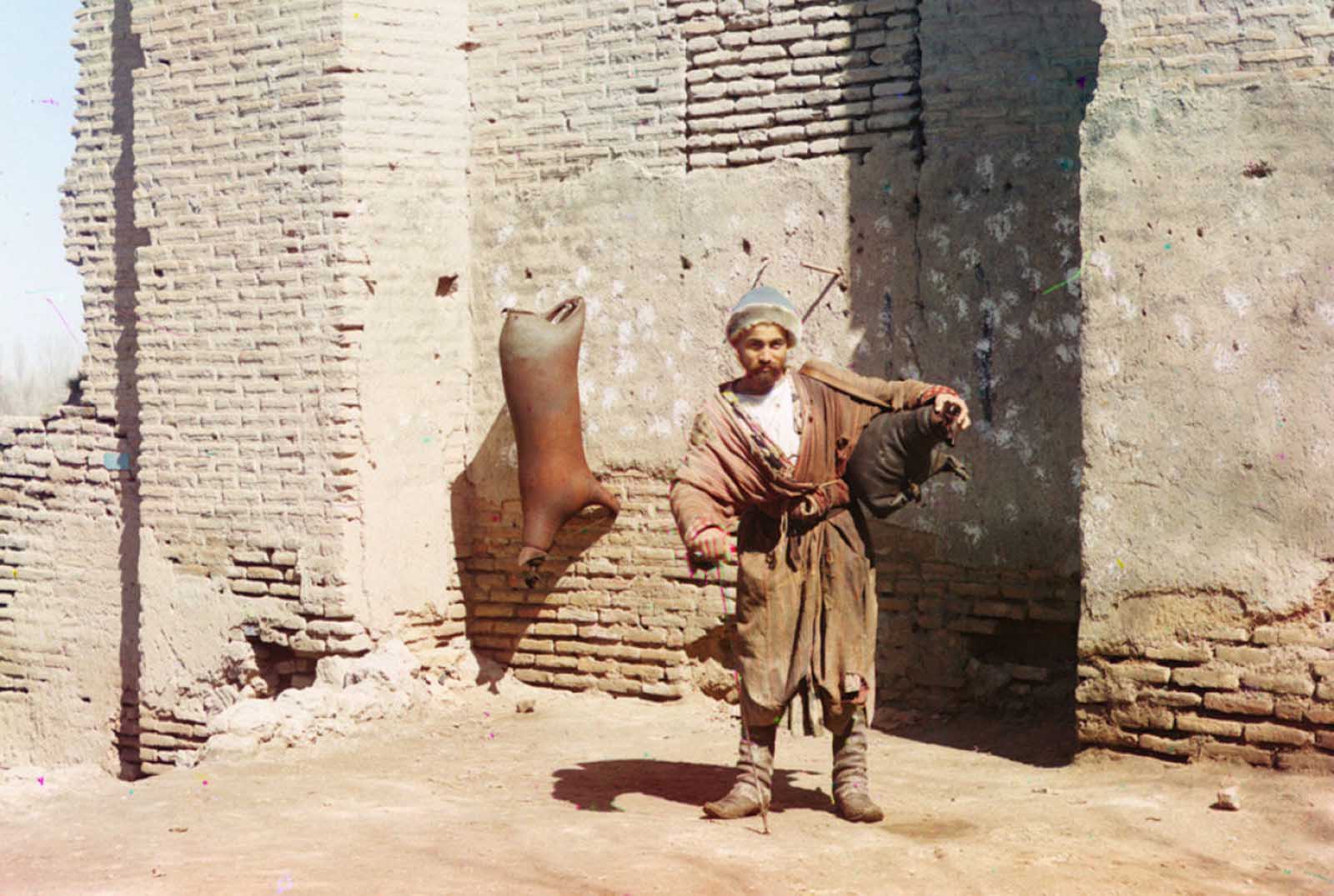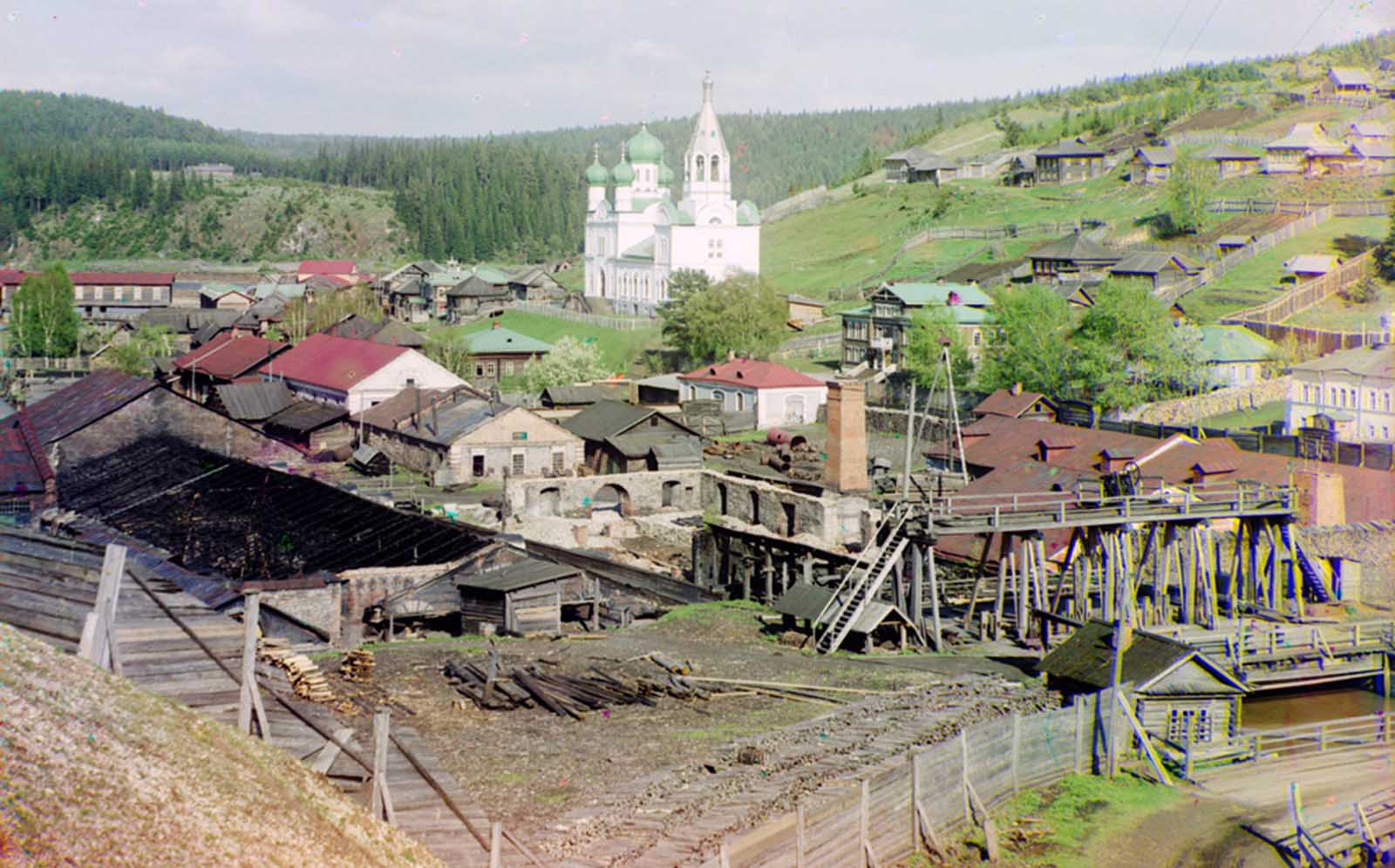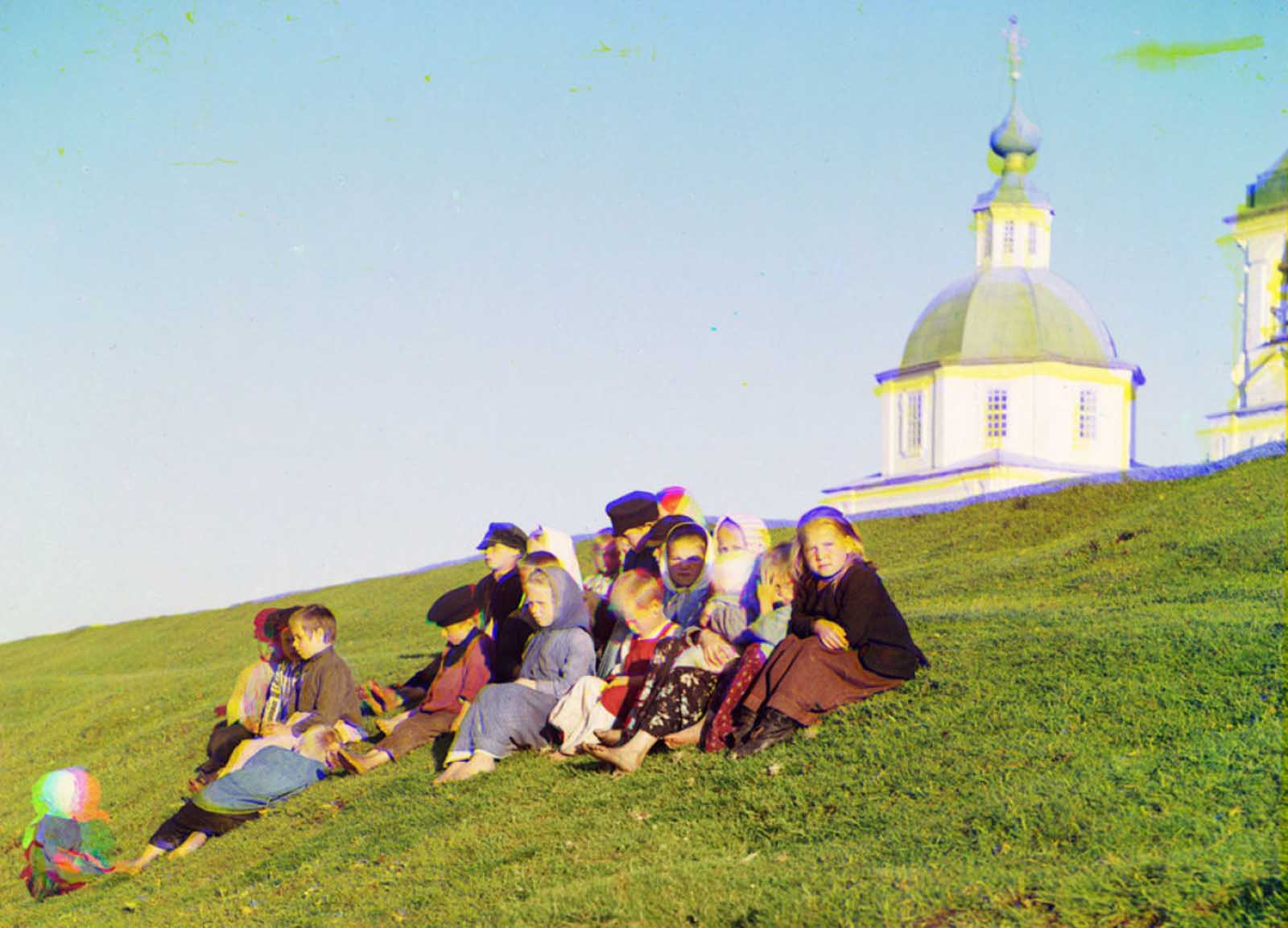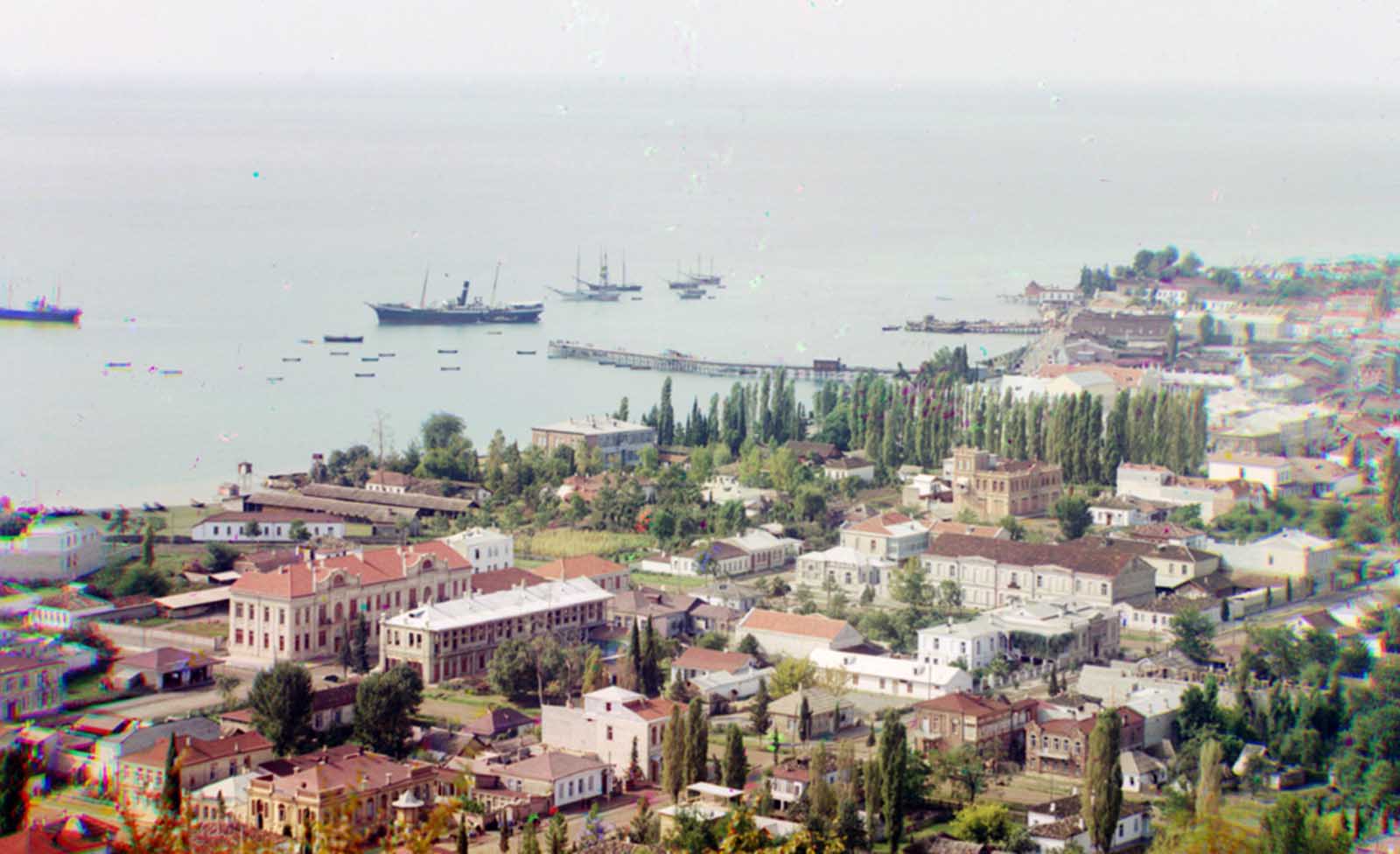He used a specialized camera to capture three black and white images in fairly quick succession, using red, green, and blue filters, allowing them to later be recombined and projected with filtered lanterns to show near true color images. The high quality of the images, combined with the bright colors, make it difficult for viewers to believe that they are looking 100 years back in time – when these photographs were taken, neither the Russian Revolution nor World War I had yet begun. Around 1905, Prokudin-Gorsky envisioned and formulated a plan to use the emerging technological advances that had been made in color photography to document the Russian Empire systematically. Through such an ambitious project, his ultimate goal was to educate the schoolchildren of Russia with his “optical color projections” of the vast and diverse history, culture, and modernization of the empire. Outfitted with a specially equipped railroad-car darkroom provided by Tsar Nicholas II and in possession of two permits that granted him access to restricted areas and cooperation from the empire’s bureaucracy, Prokudin-Gorsky documented the Russian Empire around 1909 through 1915. He conducted many illustrated lectures of his work. His photographs offer a vivid portrait of a lost world—the Russian Empire on the eve of World War I and the coming Russian Revolution. His subjects ranged from the medieval churches and monasteries of old Russia to the railroads and factories of an emerging industrial power, to the daily life and work of Russia’s diverse population. It has been estimated from Prokudin-Gorsky’s personal inventory that before leaving Russia, he had about 3500 negatives. Upon leaving the country and exporting all his photographic material, about half of the photos were confiscated by Russian authorities for containing material that seemed to be strategically sensitive for war-time Russia. According to Prokudin-Gorsky’s notes, the photos left behind were not of interest to the general public. Some of Prokudin-Gorsky’s negatives were given away, and some he hid on his departure. Outside the Library of Congress collection, none has yet been found. By Prokudin-Gorsky’s death, the tsar and his family had long since been executed during the Russian Revolution, and Communist rule had been established over what was once the Russian Empire. The surviving boxes of photo albums and fragile glass plates the negatives were recorded on were finally stored in the basement of a Parisian apartment building, and the family was worried about them getting damaged. The United States Library of Congress purchased the material from Prokudin-Gorsky’s heirs in 1948 for $3500–$5000 on the initiative of a researcher inquiring into their whereabouts. The library counted 1,902 negatives and 710 album prints without corresponding negatives in the collection. The three-color principle: The method of color photography used by Prokudin-Gorsky was first suggested by James Clerk Maxwell in 1855 and demonstrated in 1861, but good results were not possible with the photographic materials available at that time. In imitation of the way a normal human eye senses color, the visible spectrum of colors was divided into three channels of information by capturing it in the form of three black-and-white photographs, one taken through a red filter, one through a green filter, and one through a blue filter. The resulting three photographs could either be projected through filters of the same colors and exactly superimposed on a screen, synthesizing the original range of color additively. (Photo credit: Library of Congress). Notify me of new posts by email.
Δ Subscribe

